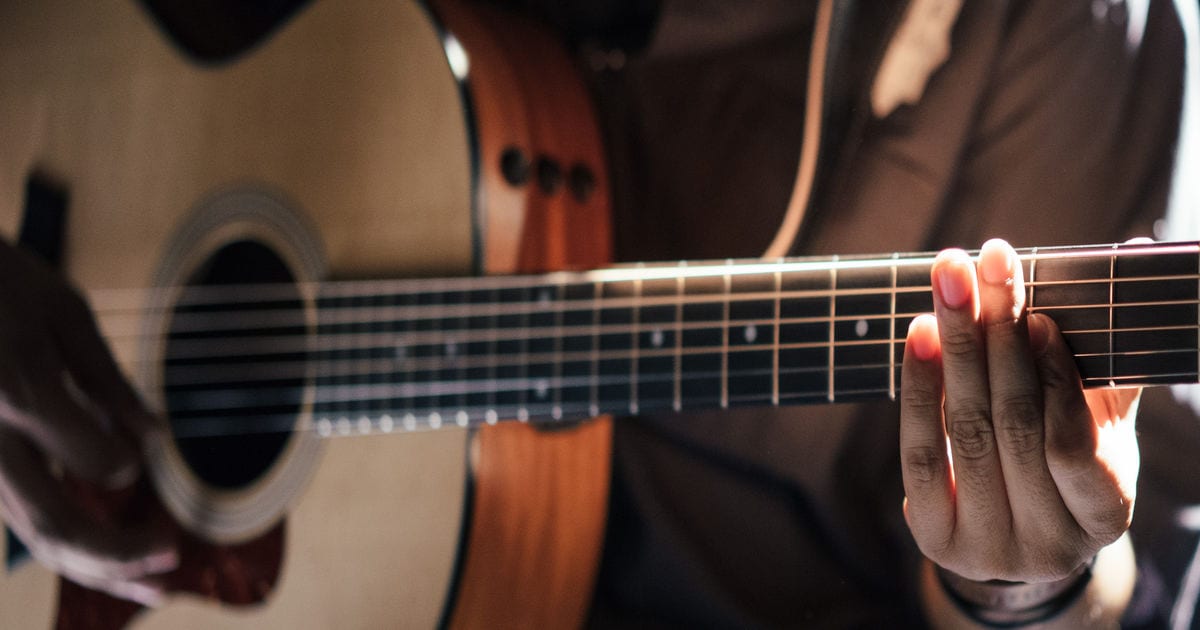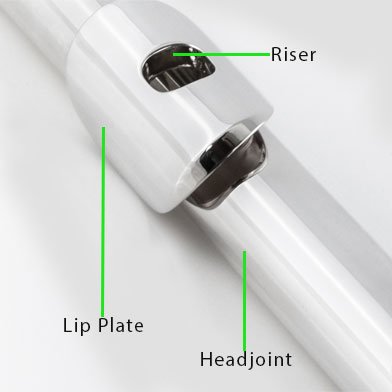- When was the clarinet invented?
It is believed that the clarinet was invented by Christoph Denner in 1690. It has been reported that it was made from boxwood and had two keys that were made from brass. Before this the Egyptians had created a single reed, instrument called the zummara. - How many keys are there on a standard Bb clarinet?
There are 17 keys on a standard clarinet. Some keys have more than one function and there will generally be more than one key played at any one time. The clarinet has an octave key which enables the player to reach the higher notes. - Is it easy to play a clarinet?
The clarinet is no harder or easier than any other orchestral instrument that a beginner may learn. It is the usual case with an instrument that you blow that arguably the hardest part of learning is getting a sound out in the first place. Once you have learned where your mouth needs to go on the mouthpiece, and how hard, or not, to blow you will get a sound and the journey will begin. Like any instrument you will normally learn one note at a time and learn how to join these together before moving on to another note. - Do I need a reed to get a sound out of the clarinet?
Yes! Your clarinet will not work without a reed. The clarinet is a reed instrument along with the saxophone, bassoon and oboe. The reed enables the air to travel through the clarinet and enable the vibration of air to produce a sound. Your teacher will advise on reeds, but it is usual to start on a 1.5 reed and progress to a 2 and then 2.5 as your competence improves. It is a good idea to buy a good brand of reed as cheaper reeds often aren’t made very well and can make it more difficult to get a good tone. The number refers to the thickness of the reed and the higher the number, the thicker the reed, and the harder to play. - What is a clarinet made from?
Student clarinets are usually made from ABS (Acrylonitrile Butadiene Styrene) resin. It is a form of plastic and usually in a dark colour. It is manufactured to be strong and gives a similar resonance to wood in terms of sounds that can be produced. Professional clarinets will usually be made from African hardwood (mpingo or grenadilla). - How many types of clarinet are there?
There are over ten types of clarinet. The common clarinet is the Bb clarinet and apart from young students using the Nuvo clarinet everyone will start on the Bb. Other clarinets include the Eb which is about half the size of a Bb and then going to larger, bass clarinets. - Who are famous clarinettists?
Starting with Anton Stadler (1753-1812) who inspired Mozart to write certain music in a certain style as the clarinet wasn’t a well-known instrument. Through to modern players such as Emma Johnson who was born in 1966 and won The Young Musician of the Year competition in 1984. - What is a famous piece of clarinet music?
There are many Sonatas and Concertos for the clarinet, and the beauty of the instrument is shown at its highest level with these soloists. One of the best pieces of music for showing off the clarinet to someone who doesn’t know what it sounds like or its capabilities would probably be Rhapsody in Blue by Gershwin. It is mesmerising to listen to the clarinet being able to be this nimble across the notes. - What does single reed and double reed mean?
Some woodwind instruments use a single reed, and some a double and they are as they say on the tin! Clarinets and saxophones use single reeds – they are just one very thin piece of reed that attach to the mouthpiece. The oboe and bassoon will use a double reed, and these are often hand made. They are more of a tube, hence double, as they are created from two pieces of reed and then woven together at the bottom. These reeds attach differently to the single reeds which are flat on – they are fixed into the instrument. - Why do I need different strength reeds for my clarinet?
The reeds come in different strengths which really should read different thickness. The lower numbered reeds are more suitable for beginners and are thinner. This makes it easier to get a sound out as they haven’t got the resistance of a thicker reed. As the player progresses, they will move up in half measurements. The harder, or thicker, reed gives a better tone and makes the higher notes easier to reach. The teacher will advise on strength of reed required but most beginners will start on a 1.5 strength. Professional players will use number 4 reeds, or higher, and often have a stash of reeds that they use for different types of music. - How do I clean my clarinet?
The clarinet is relatively easy to care for. It is important that it is cleaned between uses to keep the moisture out of the clarinet and thereby not ruining the pads in the keys. By pulling a swab through each section of the clarinet you will also remove debris from eating and drinking before or during playing the clarinet. The reed should be taken off the clarinet and stored in its plastic case. As soon as a reed is split or chipped it is no good to the player. The clarinet should be taken apart, cleaned and then stored in its case to keep it safe. If a clarinet is being left out between practice or playing it can be stored on a special clarinet stand which will help, ensure that it isn’t dropped or fall off something that it is left on. - Will a clarinet break easily?
A clarinet shouldn’t break easily if it is looked after properly. It has some fragile key work and if it is dropped or banged it may well damage a key or two. When putting the clarinet together it is important to ensure that the keys are correctly placed around the joint or else they will bend. - Can children learn the clarinet?
Yes! If the child is big enough to hold the clarinet and the fingers cover the keys, they can learn the clarinet. If they are slightly on the smaller size, they can start on a C clarinet, or Nuvo clarinet which are more suited to smaller and younger children. The clarinet is as accessible as any other instrument to learn, and it requires the same amount of patience, perseverance and practice as any other instrument. Younger children may benefit from using a sling which will attach to a hook on the back of the clarinet and then loop around the back of the neck. The sling helps take the weight of the instrument for the younger or not so strong player. - Can I join an orchestra if I learn the clarinet?
Yes! This is the perfect scenario where you learn an instrument and then have extra enjoyment by joining an ensemble or orchestra. The clarinet is a key part of an orchestra and sits in the woodwind section. There are also marching bands, woodwind groups and small chamber groups where the clarinet can be played. - What type of music can I play with the clarinet?
You can play any type of music on the clarinet. It is perfect for classical, blues, jazz or modern music and will often be used in all these genres. Remember it is in the key of Bb! - What are good makes or brands of clarinets?
A good student model clarinet will be found in the Buffet, Jupiter or Yamaha range. They are all built well and give the beginner a very good, solid start when learning. It is important that a decent clarinet is acquired as the cheaper, less well-known brands can hinder progress as they are not built properly and the key work often doesn’t work as it should.
More advance brands include Yamaha, Buffet, Uebel, Selmer and Leblanc. They can retail for many thousands of pounds, and it is possible to have your own model made. - How much does a clarinet cost?
A decent student clarinet will cost anything from £400.00 and professional models will start at a few thousand pounds. - Why is a clarinet called a Bb instrument?
The clarinet is a transposing instrument, and this means that when you play a C on a clarinet it sounds as a Bb – a whole tone different. The practical reason why this is so is because of the size of the clarinet and having to make it a certain size to house all the keys and therefore making it the wrong size to be a C instrument. It seems a little crazy, but the music world can sometimes throw in these obscure moments – it all adds to the mysteries that can surround the music world! - Can I play the saxophone if I learn the clarinet?
Yes, you can move between the two quite easily as they use the same technique to get a sound out. The fingering/notes are different but once you have mastered one it isn’t too difficult to go to the other. The saxophone is bigger and heavier, and this is often why children who want to learn the saxophone will start off on the clarinet. - Why do clarinets squeak when I blow it too hard?
If you over blow, or blow too hard, the air is moving too quickly and will just not have enough room to go and therefore give you a lovely squeak. Beginners often squeak, or students who are under pressure as it is all down to the speed of the air travelling through. It is easy to solve the problem – plenty of practice. As new notes are leaned squeaks will often feature, but not for long!






